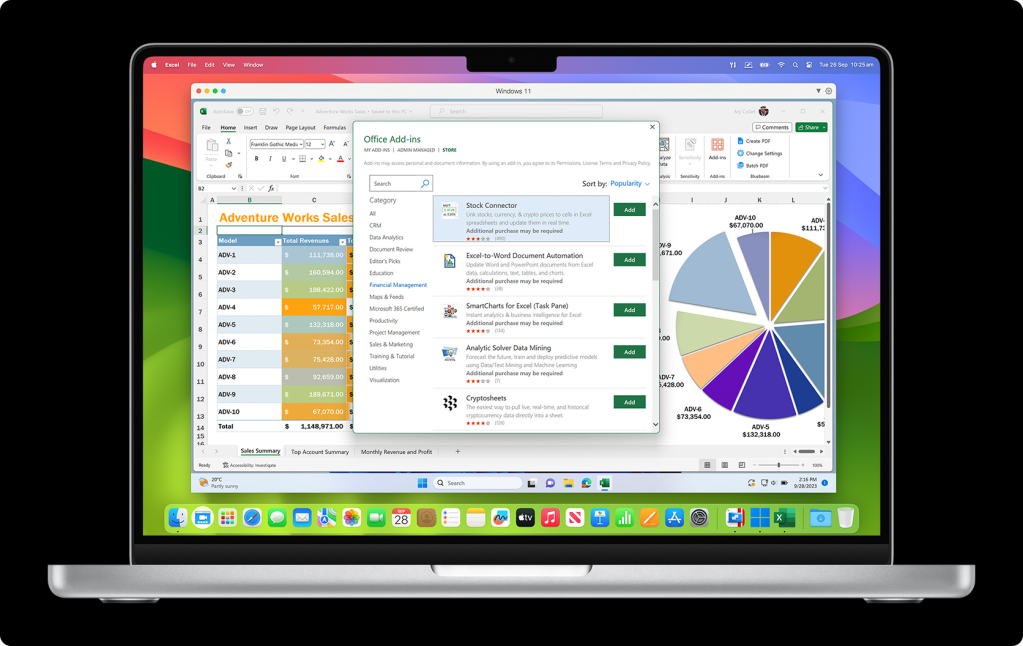By Jonny Evans
Copyright computerworld

The great thing about the combination of Jamf and Parallels is that the move brings together two trusted names in the macOS space, combining virtualization and device management expertise in a good way. And while the combo can’t claim to counter every argument against wider Mac adoption, it’s certain to help convince some business customers they can migrate, the support to do so exists, and many legacy apps and services can come along for the ride — pending their inevitable replacement by cross-platform, mobile-friendly alternatives.
What’s behind all of this is momentum, in part built around Apple Silicon. The decision to put M-series chips inside Macs continues to pay big dividends, and these systems have enough power to handle running Windows alongside the host Mac OS. It means that if your employees would prefer to run Macs instead of Windows, they can do so. And in combination with Jamf Pro, your IT team might eventually recognize that, just like when iPod came to Windows, the combination of Mac, Parallels, and Jamf is a glass of water in the enterprise computing desert.
You can follow me on social media! Join me on BlueSky, LinkedIn, and Mastodon.